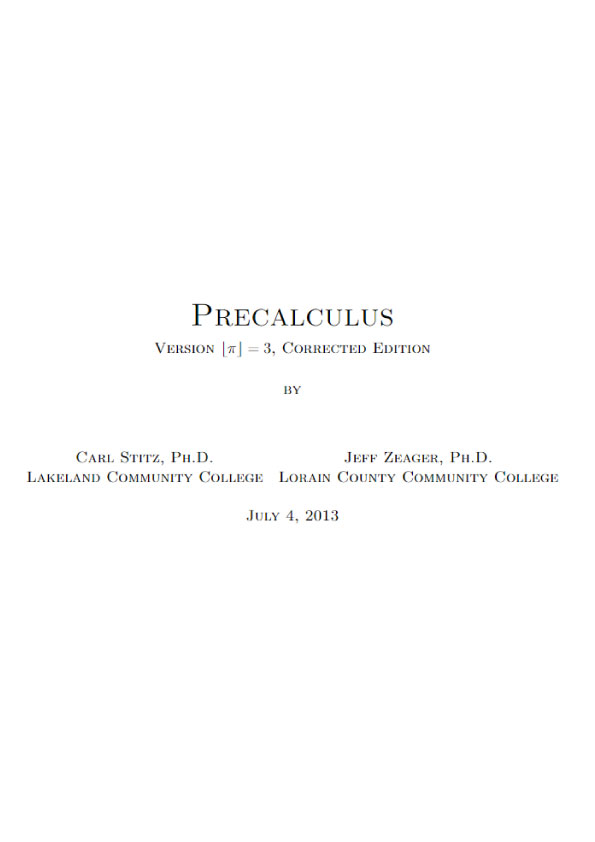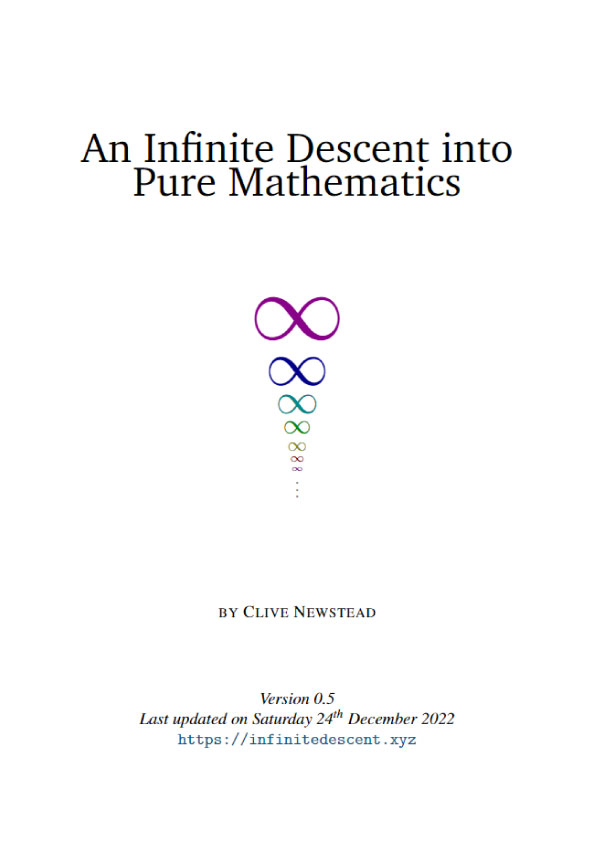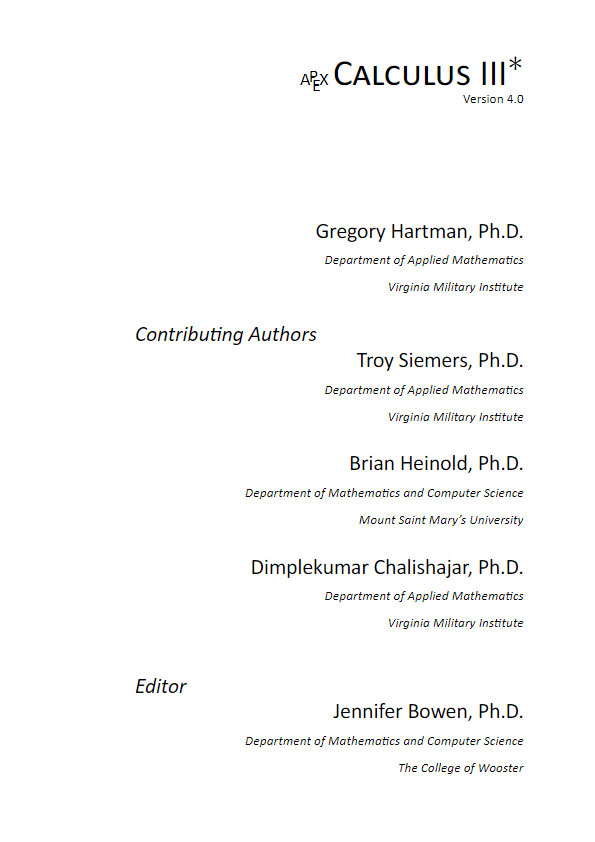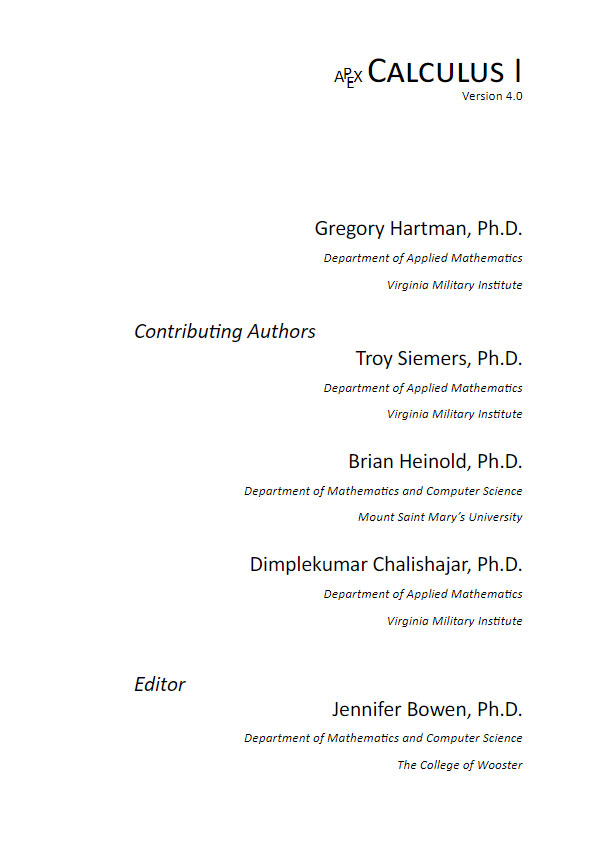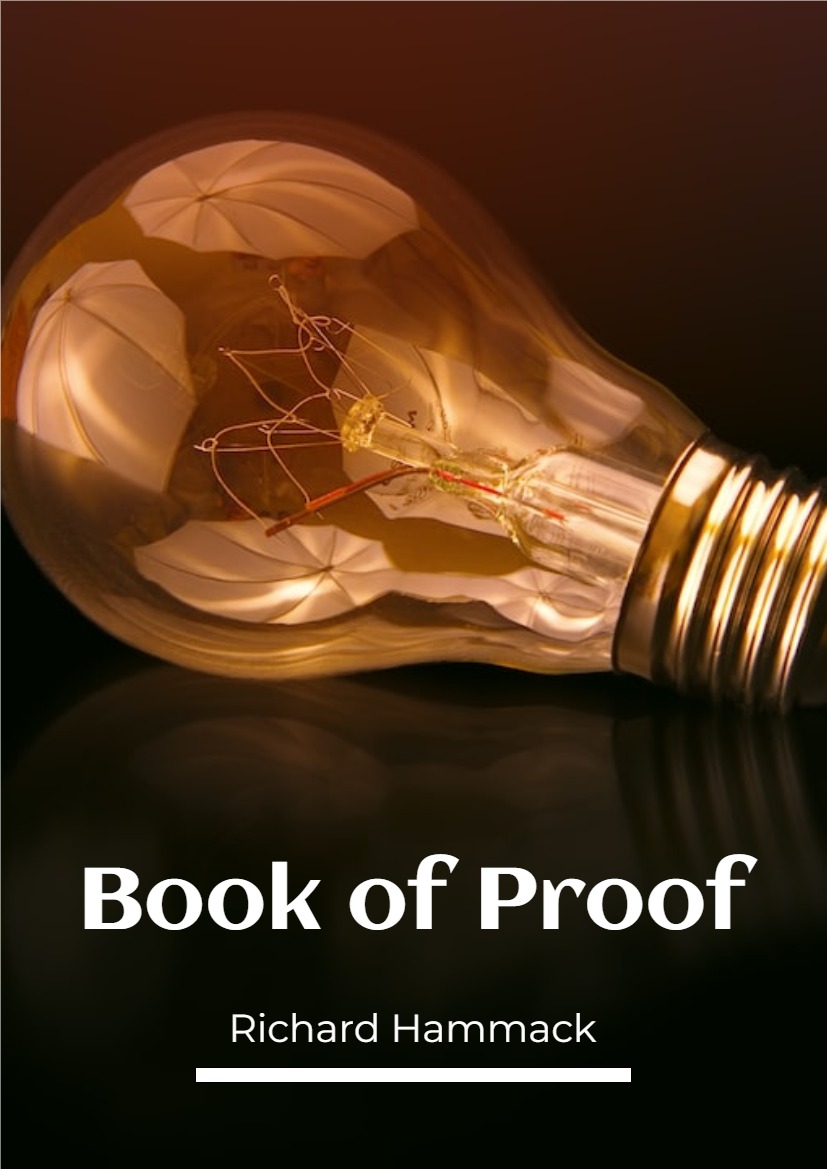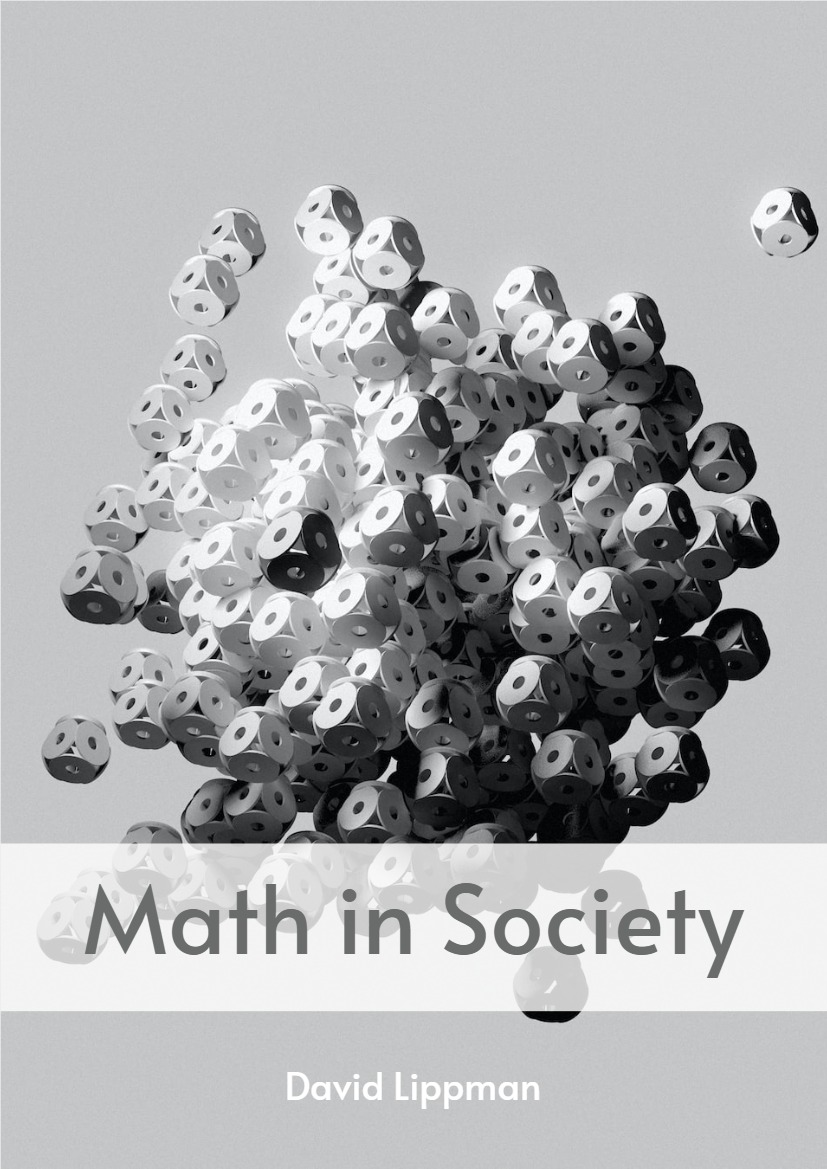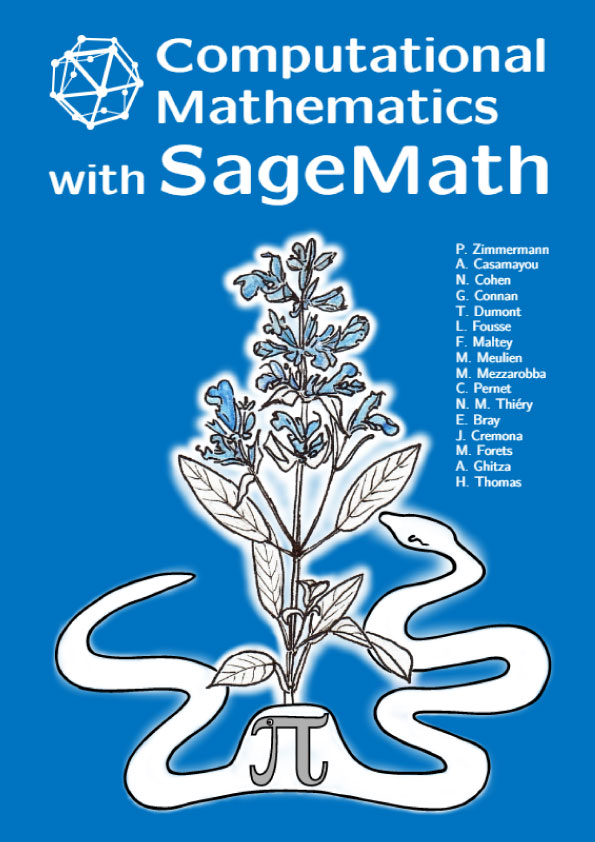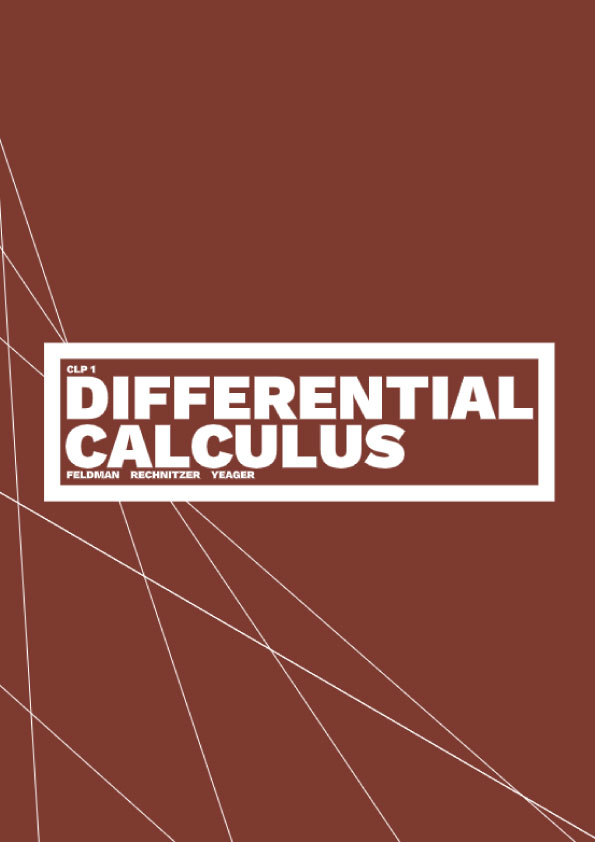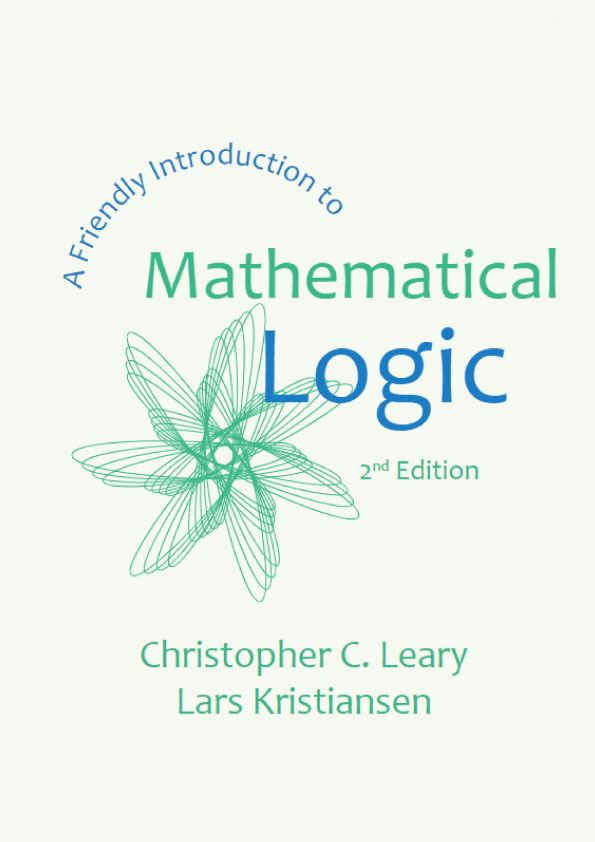Another version of Precalculus: Precalculus Prerequisites a.k.a. ‘Chapter 0’
Chapter 1 – Relations and Functions
1.1 Sets of Real Numbers and the Cartesian Coordinate Plane
1.1.1 Sets of Numbers
While the authors would like nothing more than to delve quickly and deeply into the sheer excitement that is Precalculus, experience1 has taught us that a brief refresher on some basic notions is welcome, if not completely necessary, at this stage. To that end, we present a brief summary of ‘set theory’ and some of the associated vocabulary and notations we use in the text. Like all good Math books, we begin with a definition.
Definition 1.1. A set is a well-defined collection of objects which are called the ‘elements’ of the set. Here, ‘well-defined’ means that it is possible to determine if something belongs to the collection or not, without prejudice.
For example, the collection of letters that make up the word “smolko” is well-defined and is a set, but the collection of the worst math teachers in the world is not well-defined, and so is not a set.2 In general, there are three ways to describe sets. They are
Ways to Describe Sets
- The Verbal Method: Use a sentence to define a set.
- The Roster Method: Begin with a left brace ‘{’, list each element of the set only once and then end with a right brace ‘}’.
- The Set-Builder Method: A combination of the verbal and roster methods using a “dummy variable” such as x.
For example, let S be the set described verbally as the set of letters that make up the word “smolko”. A roster description of S would be {s,m, o, l, k}. Note that we listed ‘o’ only once, even though it appears twice in “smolko.” Also, the order of the elements doesn’t matter, so {k, l,m, o, s} is also a roster description of S. A set-builder description of S is:
{x |x is a letter in the word “smolko”.}
The way to read this is: ‘The set of elements x such that x is a letter in the word “smolko.”’ In each of the above cases, we may use the familiar equals sign ‘=’ and write S = {s,m, o, l, k} or S = {x |x is a letter in the word “smolko”.}. Clearly m is in S and q is not in S. We express these sentiments mathematically by writing m ∈ S and q /∈ S. Throughout your mathematical upbringing, you have encountered several famous sets of numbers. They are listed below.
Sets of Numbers
- The Empty Set: ∅ = {} = {x |x 6= x}. This is the set with no elements. Like the number ‘0,’ it plays a vital role in mathematics.
- The Natural Numbers: N = {1, 2, 3, . . .} The periods of ellipsis here indicate that the natural numbers contain 1, 2, 3, ‘and so forth’.
- The Whole Numbers: W = {0, 1, 2, . . .}
- The Integers: Z = {. . . ,−3,−2,−1, 0, 1, 2, 3, . . .}
- The Rational Numbers: Q = { a b | a ∈ Z and b ∈ Z } . Rational numbers are the ratios of integers (provided the denominator is not zero!) It turns out that another way to describe the rational numbers is:
Q = {x |x possesses a repeating or terminating decimal representation.} - The Real Numbers: R = {x |x possesses a decimal representation.}
- The Irrational Numbers: P = {x |x is a non-rational real number.} Said another way, an irrational number is a decimal which neither repeats nor terminates.
- The Complex Numbers: C = {a+ bi | a,b ∈ R and i = √ −1} Despite their importance, the complex numbers play only a minor role in the text.
It is important to note that every natural number is a whole number, which, in turn, is an integer. Each integer is a rational number (take b = 1 in the above definition for Q) and the rational numbers are all real numbers, since they possess decimal representations.3 If we take b = 0 in the above definition of C, we see that every real number is a complex number. In this sense, the sets N, W, Z, Q, R, and C are ‘nested’ like Matryoshka dolls.
